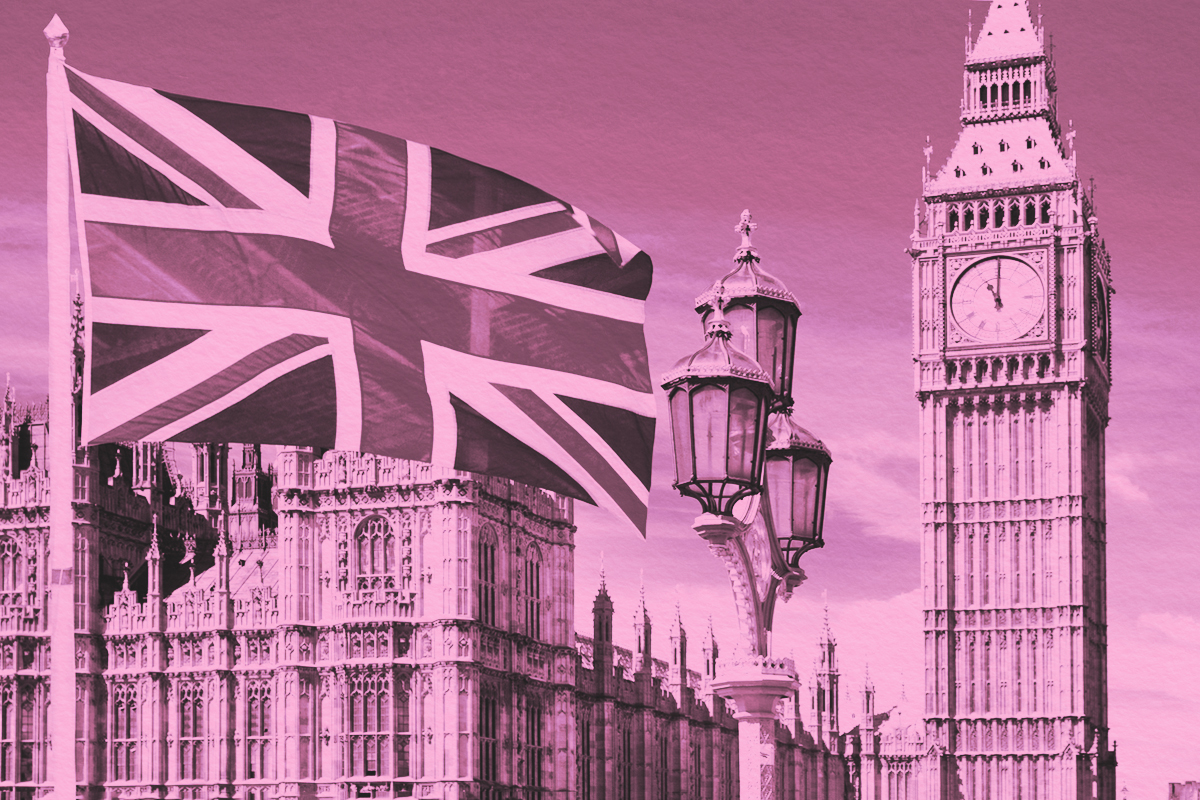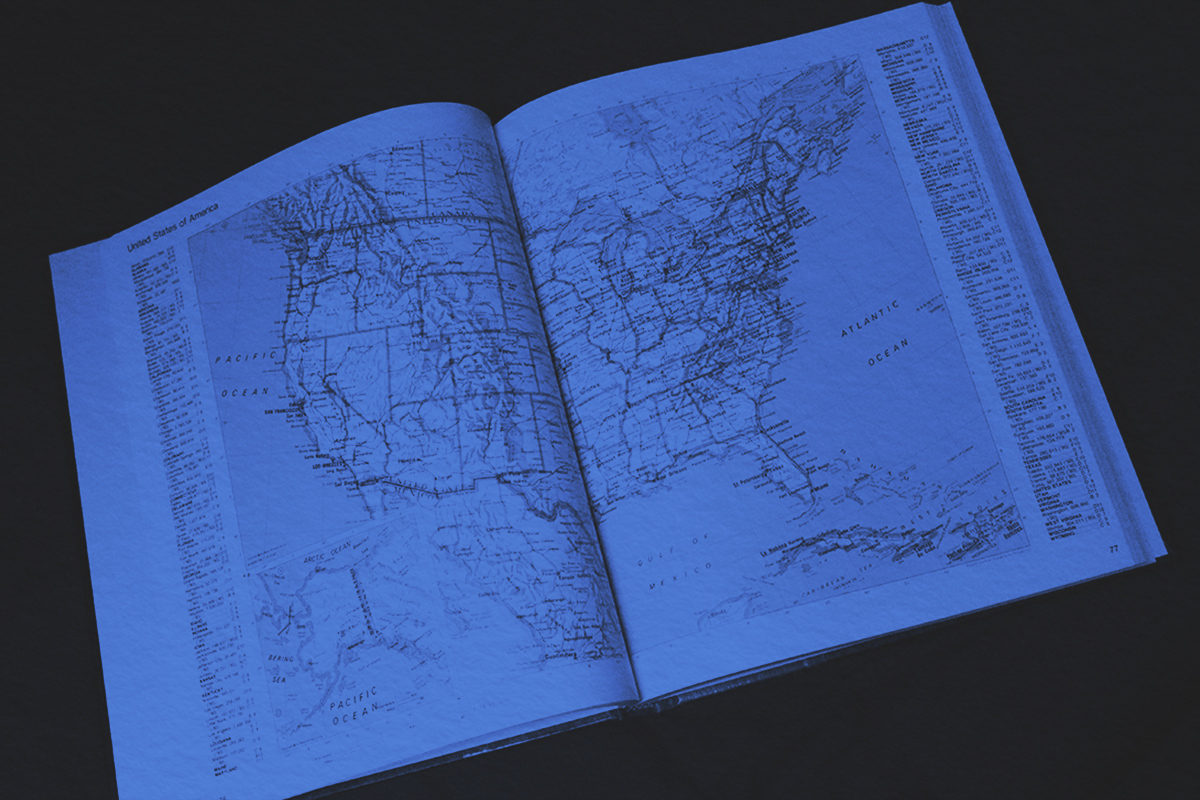
Language isn’t just about what you say or how you say it — it’s also about where you say it. Some everyday objects are known by entirely different names depending on their geographical location, turning a simple conversation into a lesson in regional dialects. It’s why American tourists might wonder why there’s a “boot” in the trunk of a British car, while visitors in New England are puzzled by “jimmies” on their ice cream. Let’s explore some of the most distinctive regional vocabulary differences in the English language.
What do you call a snug, cold-weather knitted hat that you pull over your ears? In the U.S., you’d most likely call it a “beanie,” a slang term derived from “bean” in the sense of “head.” But to the north in Canada, it’s a “toque” (also spelled “tuque“) — pronounced “toohk.” While the spelling links it to French, as many Canadian English words are, it was derived from the Spanish toca, meaning “woman’s headdress.” Nearby, “yoopers” (natives of the Upper Peninsula of Michigan) call their knit hats “chooks.” Over in England, you might hear “beanie” as well, but “bobble hats,” “woolly hats,” and “stocking caps” are also thrown into the mix, resulting in a laundry list of terms for one humble style of hat.
Ordering an ice cream cone can be as simple as a scoop of vanilla, or it can be a complicated affair. Depending on where you are, there are different words for those tiny morsels of sugar on top. In most of the U.S., they’re “sprinkles,” derived from a late Middle English verb meaning “to scatter drops or particles.” But if you find yourself in certain parts of New England and the mid-Atlantic, “jimmies” are sprinkles. Some residents insist they’re specifically of the chocolate variety — that opinion has given rise to the question of if “jimmies” has a racist origin story. A Vice exploration of this question surfaced the possibility of a connection to Jim Crow laws of the post-Civil War era. However, a Philadelphia-based candy company claims it invented both the ice cream topping itself and the name “jimmie,” after the employee who made them. The debate remains open, as David Wilton, author of Word Myths: Debunking Linguistic Urban Legends, explains, “How the name jimmies for the ice-cream sprinkles arose is simply not known. Various explanations have been proffered. It may be from the name of a candy maker, or it may be from jim-jam, a term dating from the sixteenth century that can mean a knickknack or trivial item.” If you’re headed to England or Australia, don’t ask for jimmies or sprinkles — they’re “hundreds-and-thousands.”
The name of the cart you push through the aisles of the grocery store depends on where you are. In much of the U.S., the terms “shopping cart” and “grocery cart” are right on the nose — straightforward and succinct. After all, the word “cart” itself is perennial, first seen in the Old English cræt of the same meaning. British and Australian shoppers follow a similar pattern, often referring to them as “shopping trolleys.” In the U.S., a trolley is a form of public transportation, but the British word “trolley” is akin to the American English term “cart.”
According to a Harvard Dialect Survey, however, there are a few outliers when it comes to regional shopping cart names in the United States. In New England, especially Massachusetts, “carriage” is the preferred term. Throughout Appalachia and the Deep South, you’ll likely hear “buggy,” which, to the rest of the country, denotes a stroller for a baby or an old-fashioned horse-drawn carriage.
Looking for household treasures? Secondhand sales held at private homes or on neighborhood streets have various names across the United States. According to the Harvard survey, the most common is “garage sale,” which is used throughout the East Coast, Midwest, and parts of the West Coast. The second-most-used term? “Yard sale.” However, in New England (we’re sensing a pattern here), there is a different term: “tag sale.” This is a simple reference to the price tag on the items. “Rummage sale,” which is popular in the Northern Plains and Great Lakes region, refers to the act of rummaging through items to find potential purchases.
The English-speaking world has no shortage of names for clothing to wear while swimming. In North America, you’ll likely hear “swimsuit” or “bathing suit,” along with specified terms such as “one-piece,” “two-piece,” or “bikini” (named after Bikini Atoll in the Marshall Islands). In Australia, terminology varies by region. In the state of New South Wales, for instance, “swimmers” is common, while “bathers” and “cossies” (short for “costumes”) are used pretty much everywhere in Australia. “Togs” (an abbreviation of the 16th-century word “togeman,” meaning “coat”) is also standard across Australia, New Zealand, and Ireland, for both men’s and women’s swimwear.
Knowing how to ask for the restroom is imperative, so you need to know the proper terminology, no matter where you are. In the U.S., “restroom” and “bathroom” are most common. “Powder room” is an American English euphemistic term originally intended to describe a women’s public restroom. Today, it typically refers to a small bathroom in a private home that lacks a shower or bathtub and is intended for guests. To the north in Canada, you’ll ask for the washroom, and across the pond, British English prefers the loo. The origins of “loo” remain a mystery, but it could be a pun on Waterloo, based on “water closet” — another common term in the U.K., sometimes shortened to “WC.” As for slang terms, “bog” (akin to a marsh) is popular in British English, while Australians have altered it slightly to “bogger.”
The word for the storage area of a car varies greatly depending on what type of English you’re speaking. In the U.S., “trunk” calls back to the older definition of the term, which is a large box with a hinged lid for storing or transporting clothes and other articles. Historically, trunks were attached to the back of early cars, which is where this term likely became connected with automobiles. In the U.K., the preferred term is “boot.” Before cars, horse-drawn carriages were the preferred mode of transportation, and they had “boot lockers” where coachmen could store items. The name for this storage space evolved with carriages to modern cars. In South Asia (especially in Indian English) and among older Brits, you might hear the boot called a “dickie.” It comes from the British word for the rumble seat, which folded into the back of early 20th-century cars. When it was folded, it could be used to store luggage.

















